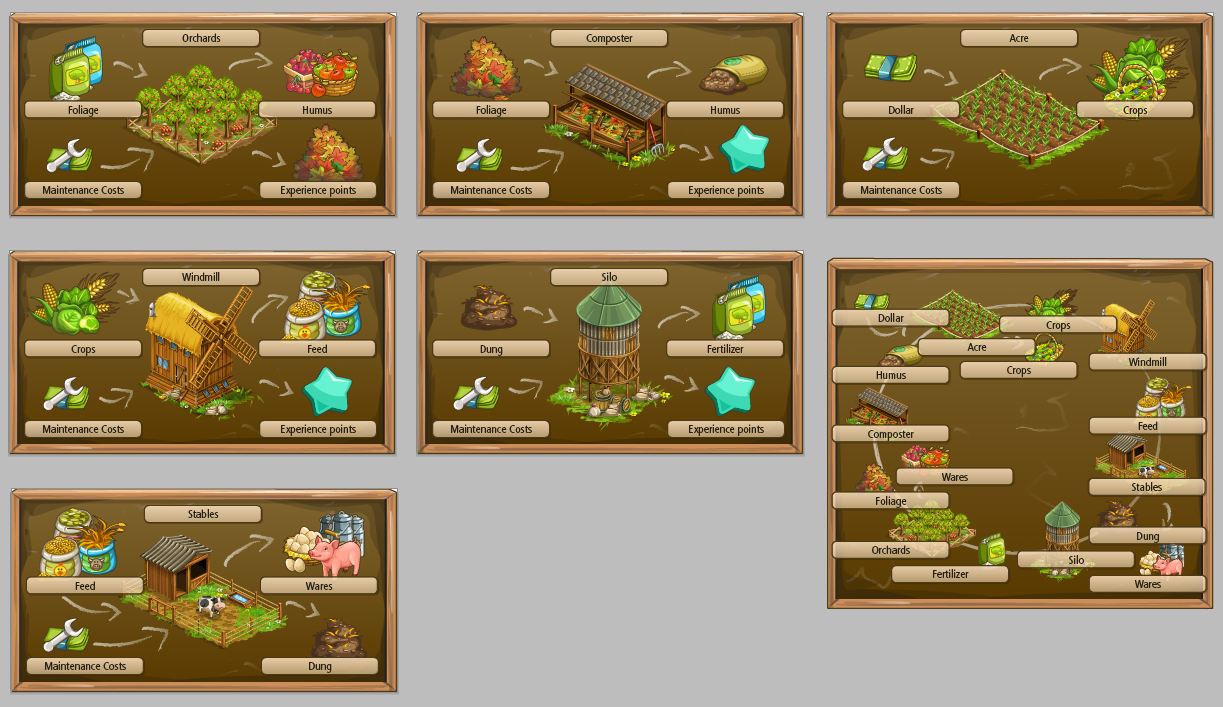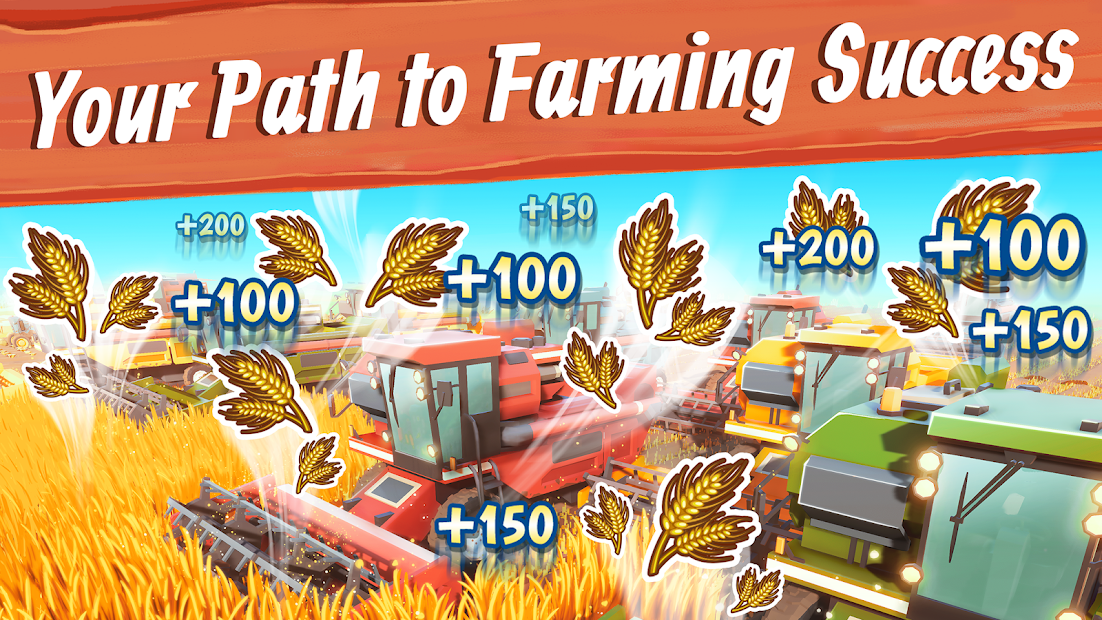
- Big farm mobile harvest event spreadsheet full#
- Big farm mobile harvest event spreadsheet free#
- Big farm mobile harvest event spreadsheet mac#
When the crop is finished and turned in, I make a solid vertical line at the end of the week, or half way through if something else is planted back into that bed that same week. If the crop is harvested for multiple weeks there are multiple H’s, one for each week the crop is harvested. Usually the next note is an H the week that the crop is harvested. When the crop is planted, I make a vertical line at the beginning of the block and write in the name of the variety. If the cover crop is mowed down and tilled in on the first week of May, I’ll write MT (meaning mowed and tilled) in the block that represents the first week of May. Starting in the first block I’ll usually make a note of what winter cover crop is planted in the bed, when it was seeded and maybe how it was seeded.

Starting on the top left and reading across a line you can see the progression of a bed through the season. Time and again I’ve found that if I’m not very clear in my meaning that even weeks later I can’t remember what I meant by incomplete notes.

When I do make additional notes I want to make sure that I’ll understand what I meant many years later and so I write them so that anyone on the farm could understand with relative ease. The shorthand I use is for common occurrences that are noted many times, such as: H for harvest, M for mowing, T for tilling, and vertical lines to represent the start and end of a crop. All of this information is especially useful in planning future crops. This allows me to fit a lot of information into a very small sheet of paper, and to easily and quickly interpret that information years later when I go back to figure out what happened to a particular crop, or bed in a field. Shorthand I’ve developed a shorthand that I use to represent different common events within the bed. On farms there usually aren’t more than one or two crops planted in any single bed so I just use one row per bed. In this case I might use more rows to represent a single bed. I also use this system in gardens, although many times garden beds are not very homogenous, comprising many plantings in a single bed. The first row below this represents the first bed in a field, the second represents the next bed, and so on. Of course you’ll need a piece of paper with at least 52 boxes across the top to make this work as there are 52 Mondays in a year. For my header row I put a Monday date in each of the boxes along the top of the graph paper. First I make a header row (orient the paper with the long edge on top). One of these maps is easily made on a piece of graph paper. My maps are more like a graph with the x-axis representing time and the y-axis representing the location within a field. I do keep a copy of a map like this to use occasionally, but the map I use the most is one that includes a time axis. Time and space? Most field maps that I see are maps of space showing the outlines of the fields, sometimes with the important dimensions and any relevant features noted. They are both completely compatible with Microsoft files, able to open and save files in the Microsoft format, but they do have some differences. They look and feel similar to Microsoft’s Office.
Big farm mobile harvest event spreadsheet full#
Both OpenOffice and NeoOffice are full office suites including word processing, spreadsheet, databases, drawing and presentation software.
Big farm mobile harvest event spreadsheet mac#
When I moved to a Mac I switched over to NeoOffice (available at ) which is a little more Mac-friendly. Years ago when I wasn’t able to afford a copy of Microsoft Office, I started using OpenOffice (available at ) on a PC.
Big farm mobile harvest event spreadsheet free#
If you have a computer but no spreadsheet application I highly recommend downloading from the internet one of the free open source suites available. I’ve been using these spreadsheet maps for a decade in planning complex crop placements within fields, working out crop rotations, passing on instructions to field crews, keeping dense and compact crop records, and as a cheat sheet in creating weekly and daily to-do lists during the season.

A basic spreadsheet application like the ubiquitous Microsoft Excel can function as a calculator, database, analytical tool, planning tool, and even as a very editable piece of graph paper for making maps in time and space. One of the most powerful and versatile tools on many farms is the computer spreadsheet.


 0 kommentar(er)
0 kommentar(er)
